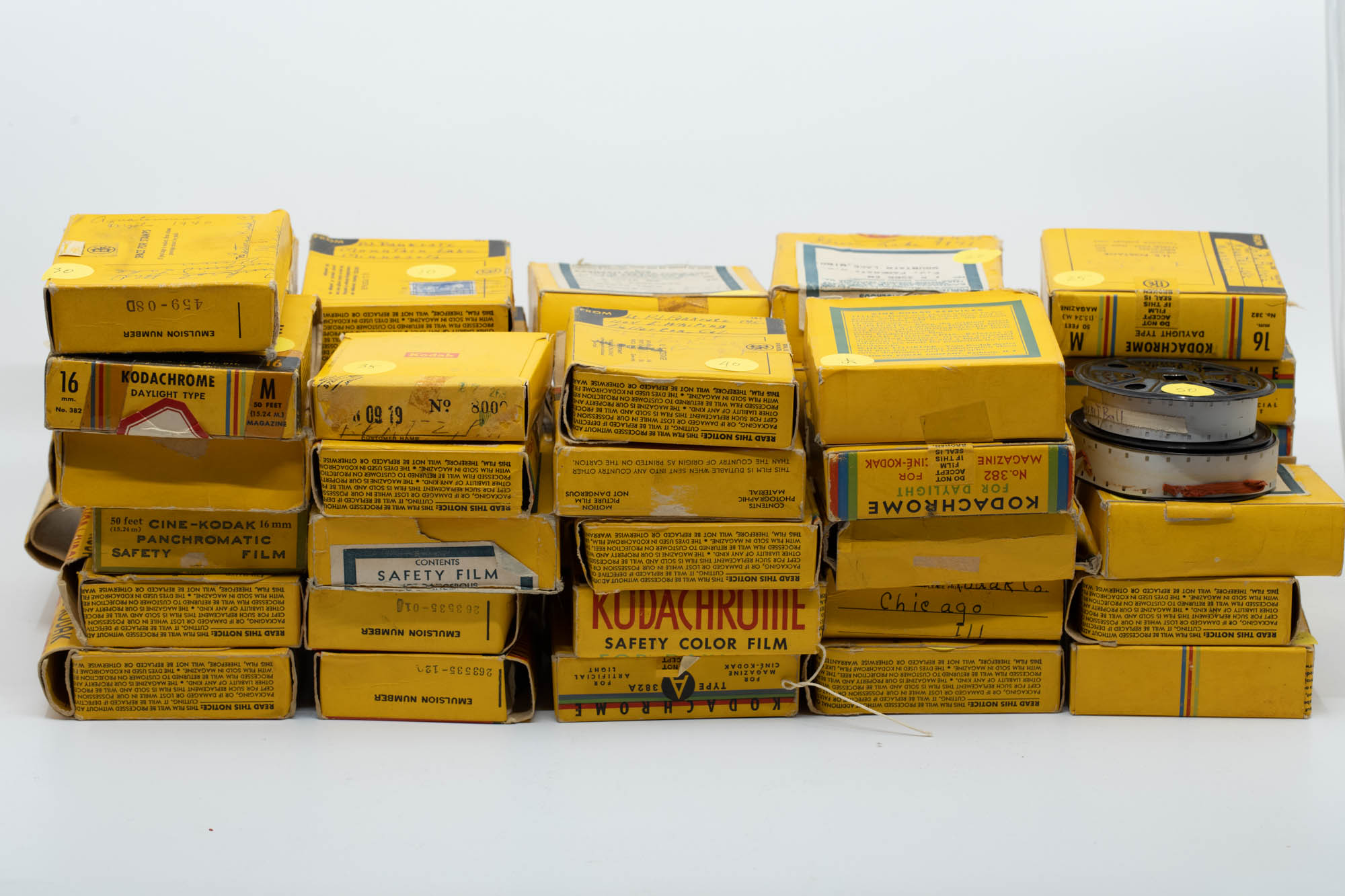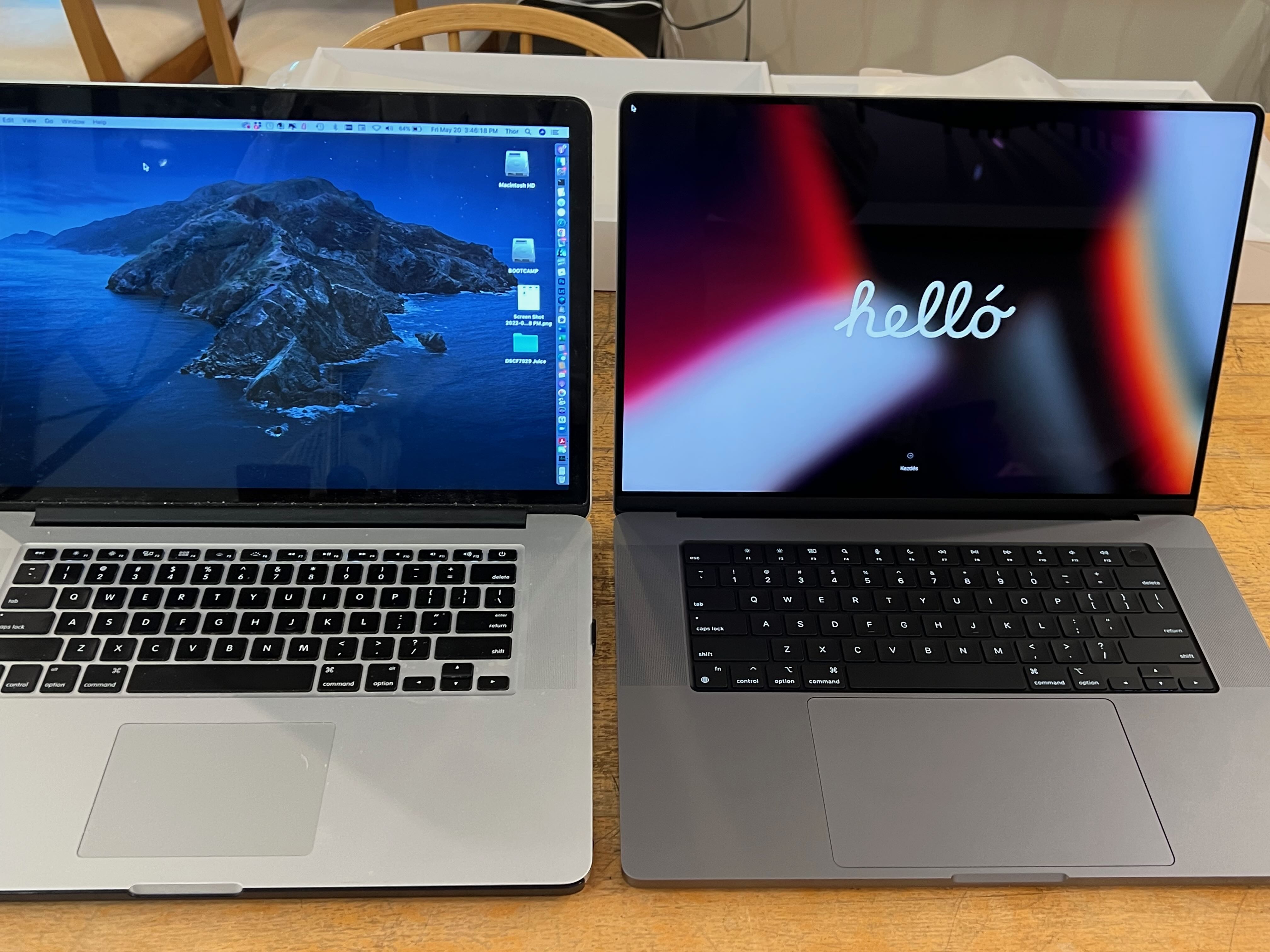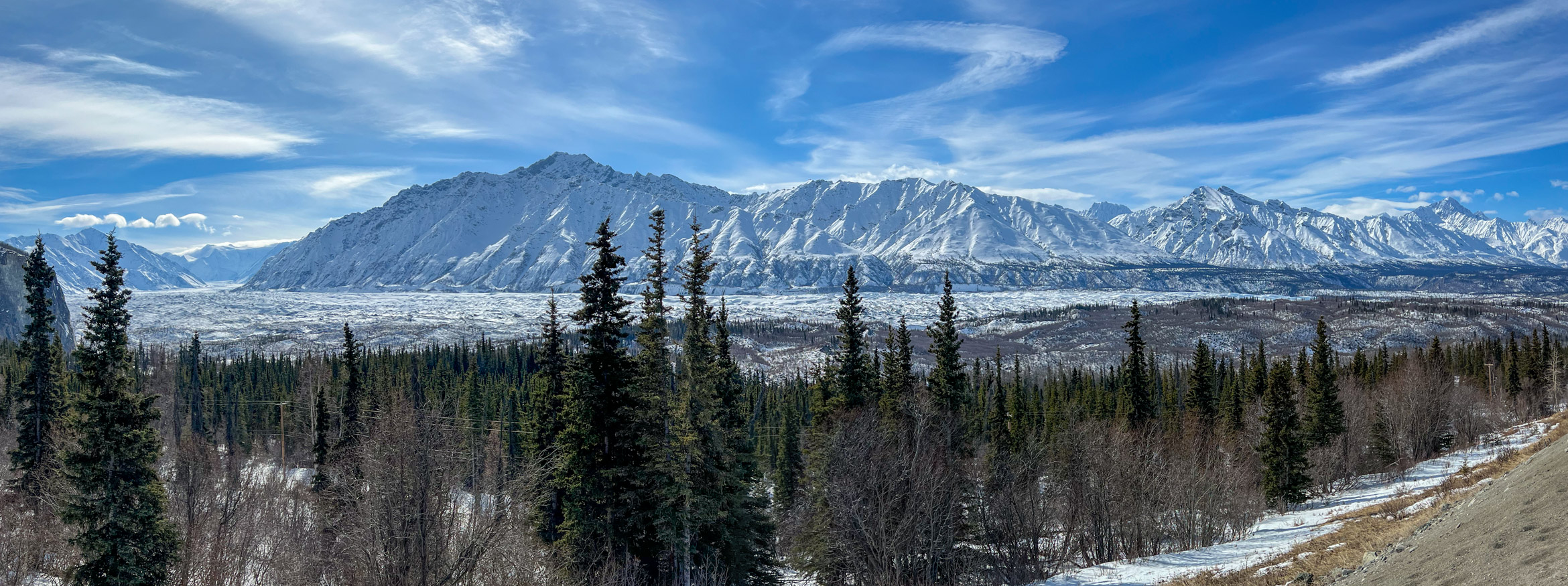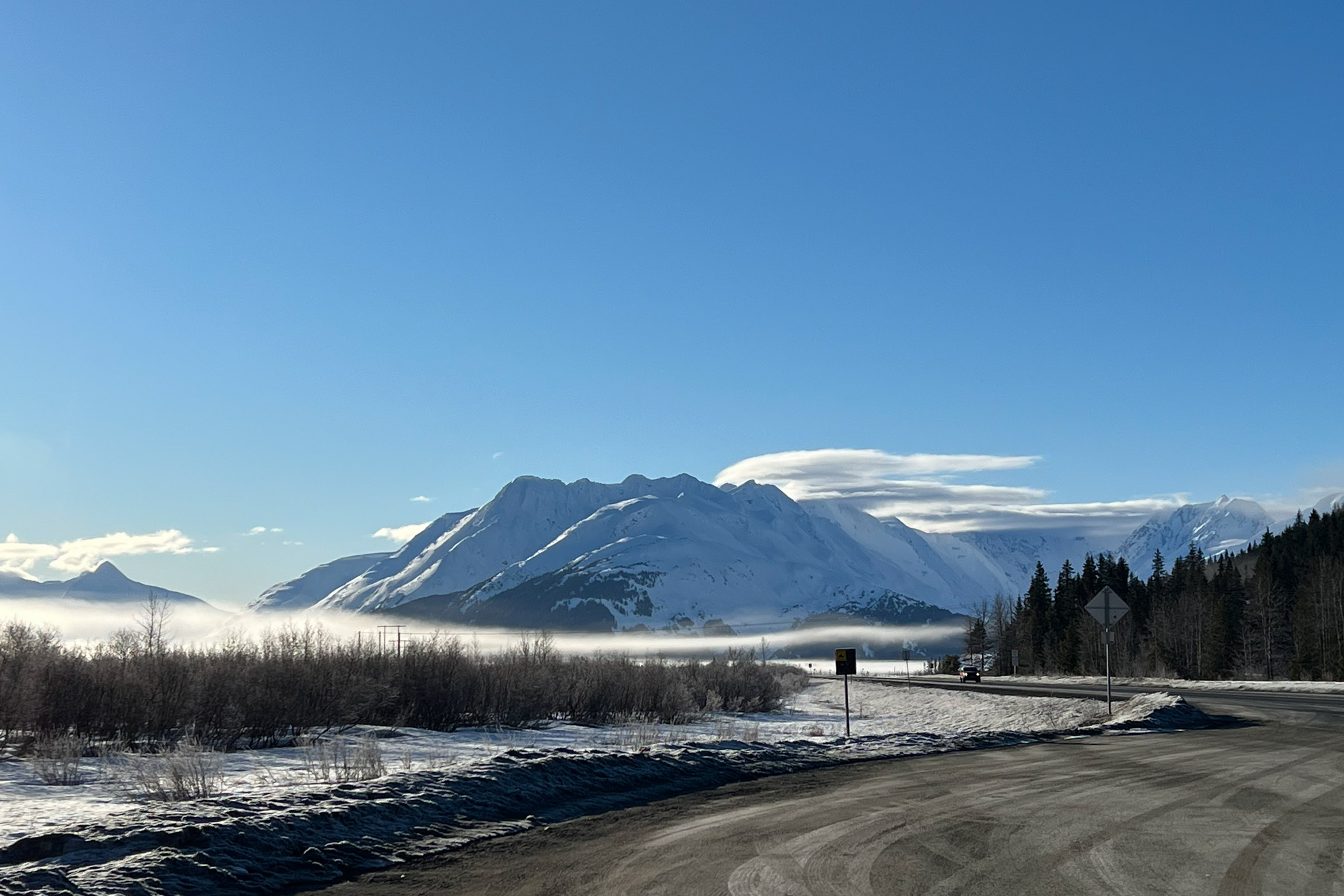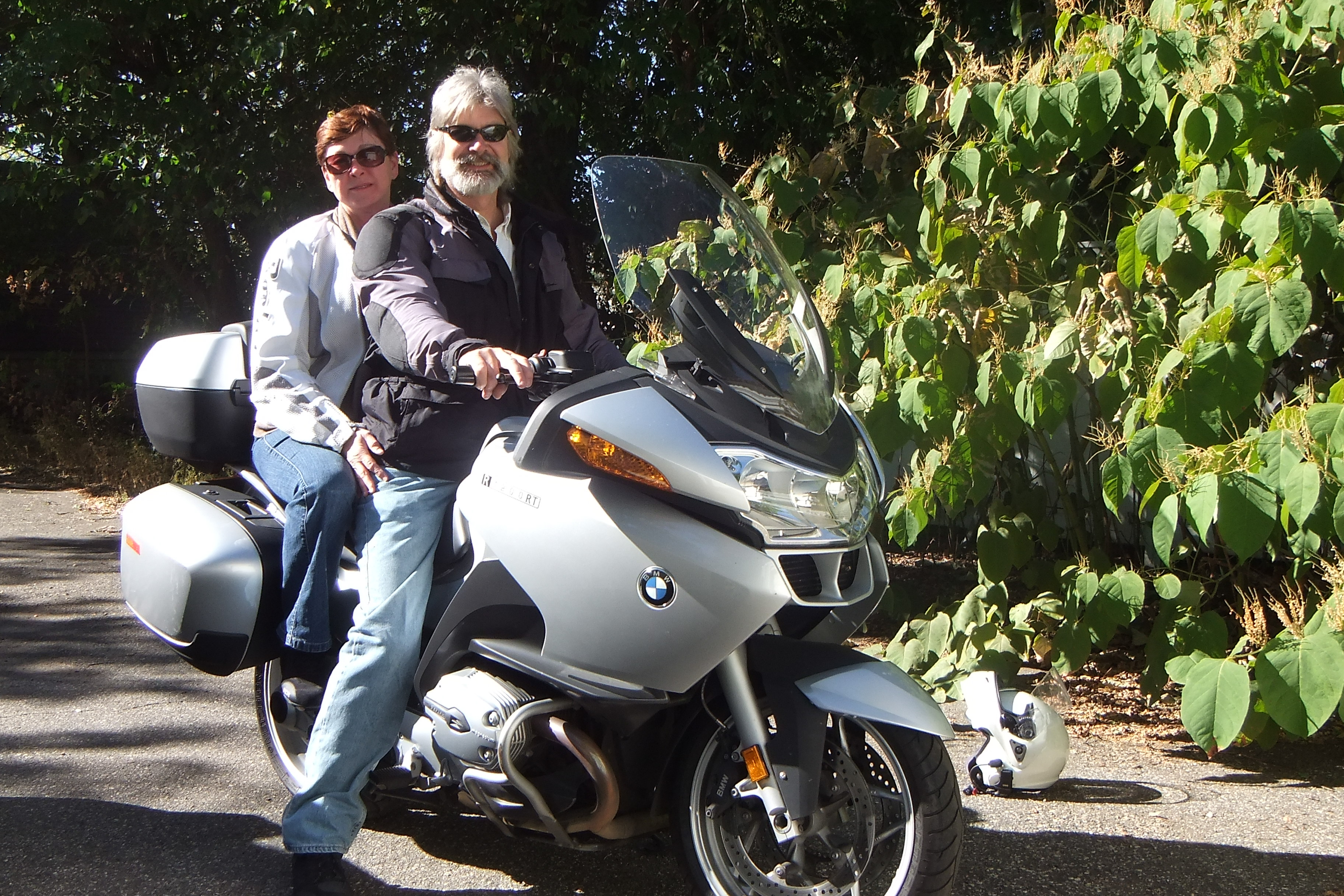
About a year ago, with some reluctance, I put my motorcycle up for sale. I had acquired it more than a decade before as one of those midlife attempts to try and recapture the free wheeling spirit I remembered from college, when I had a small Honda motorcycle that I used mostly to commute to school.
My midlife motorcycle was a large touring bike, a BMW, and it offered an experience beyond just getting from point A to B in order to attend class or purchase groceries. It offered that open air riding experience only possible from a two-wheeled vehicle, whose balance and stability derives from the thrilling lean into the curves of the road.
Although I had imagined taking it on extended trips to remote roads in scenic places, the realities of life worked against those dreams. Instead, I found nice motorcycle-friendly roads closer to home and made many weekend afternoon excursions to enjoy them.
In recent years I have seen a degradation of driving skills displayed by the cars around me, primarily due to distractions of phones and screens. There has also been a decline in driver courtesy, possibly a side effect of the covid pandemic. In these same years, I also noticed that my ability to confidently maneuver the heavy touring bike has declined. I always felt that one should not own a bike that you can’t get back up should it fall, and I suspected that, while the bike was no heavier, my lifting strength is less than it once was.
All of these factors resulted in a growing feeling of insecurity, especially in traffic or at freeway speeds alongside other vehicles. While I always try to be in a defensive driving mindset, anticipating potentially hazardous situations with the flow of traffic, I was now bothered by thoughts of the possibilities of not surviving the ride. This really detracted from the unique pleasures of being on a motorcycle.
I decided to retire from motorcycle riding. I sold my bike to a BMW-riding pastor from Rochester who wanted the exact year and model I was offering. He would have preferred blue, but was happy with silver. I told him he looked good on that color.
And so, another life chapter ends. I’m sad to no longer be slipping into that natural fitting position on the saddle behind the fairing, feeling the vibration of a powerful engine, the thrill of acceleration, and leaning into the curves, but I recognize that this is the right time to move on, and I’m glad that someone else gets to enjoy the experience.
I did manage to have one extended motorcycle trip—The Lake Superior Circle Tour, and I was accompanied by my intrepid partner Poldi, riding pillion. I made a series of facebook updates at the time describing the adventures along the way, which I will be reprising here in the next series of posts. Some of you may recall them from three years back. Whether they are new to you or not, enjoy these recollections of a summer adventure during a time before covid.
previous | next

